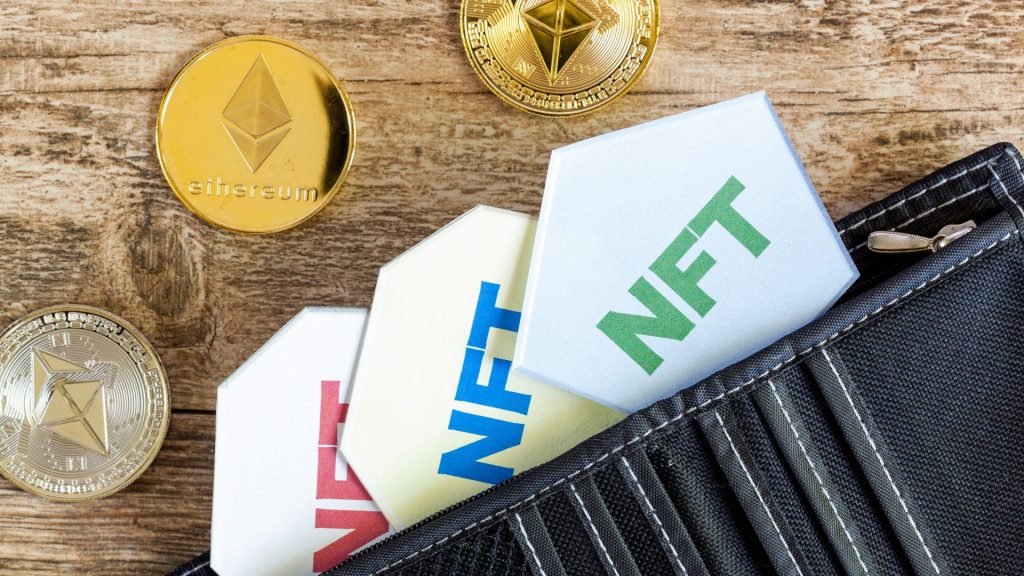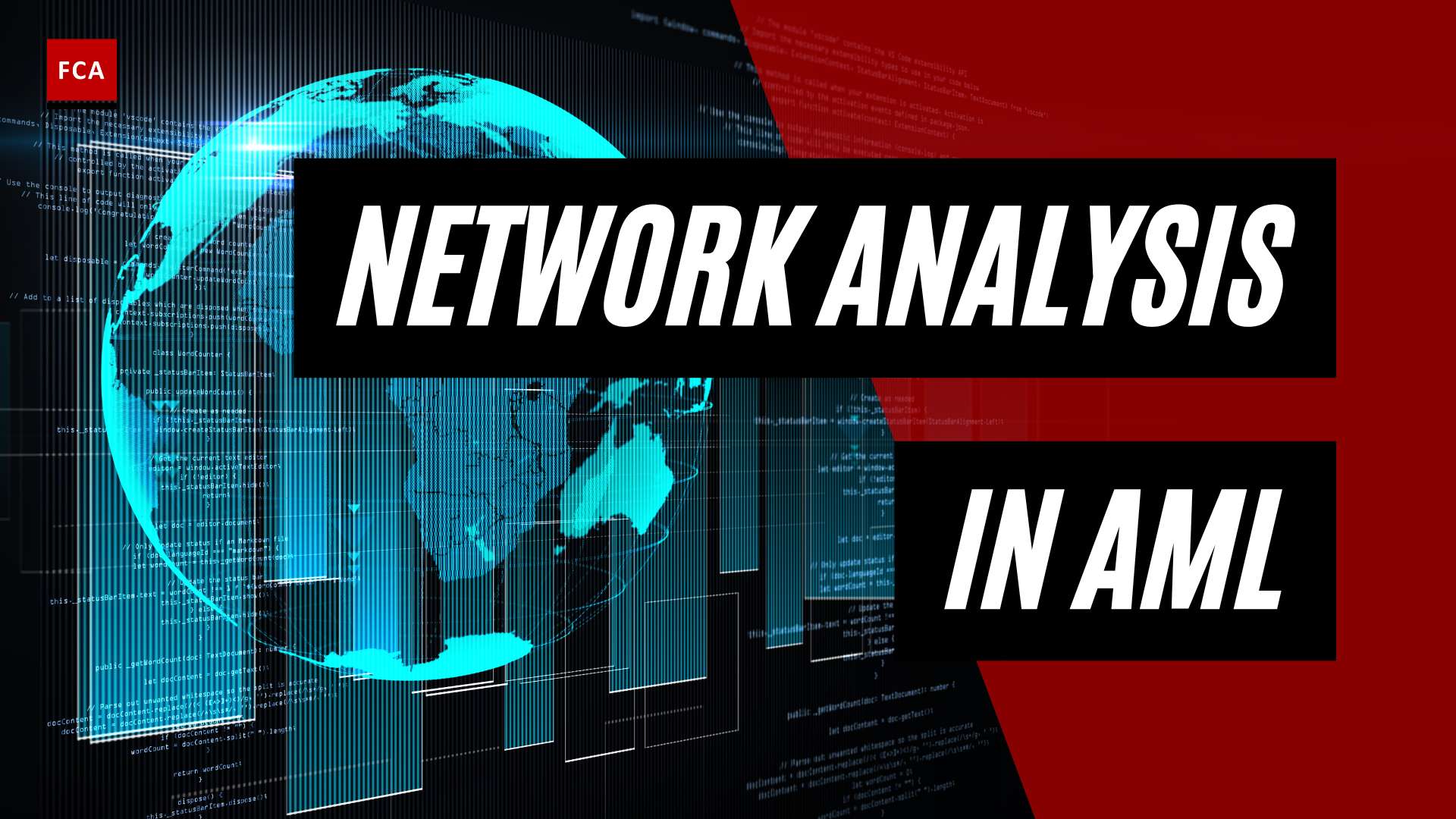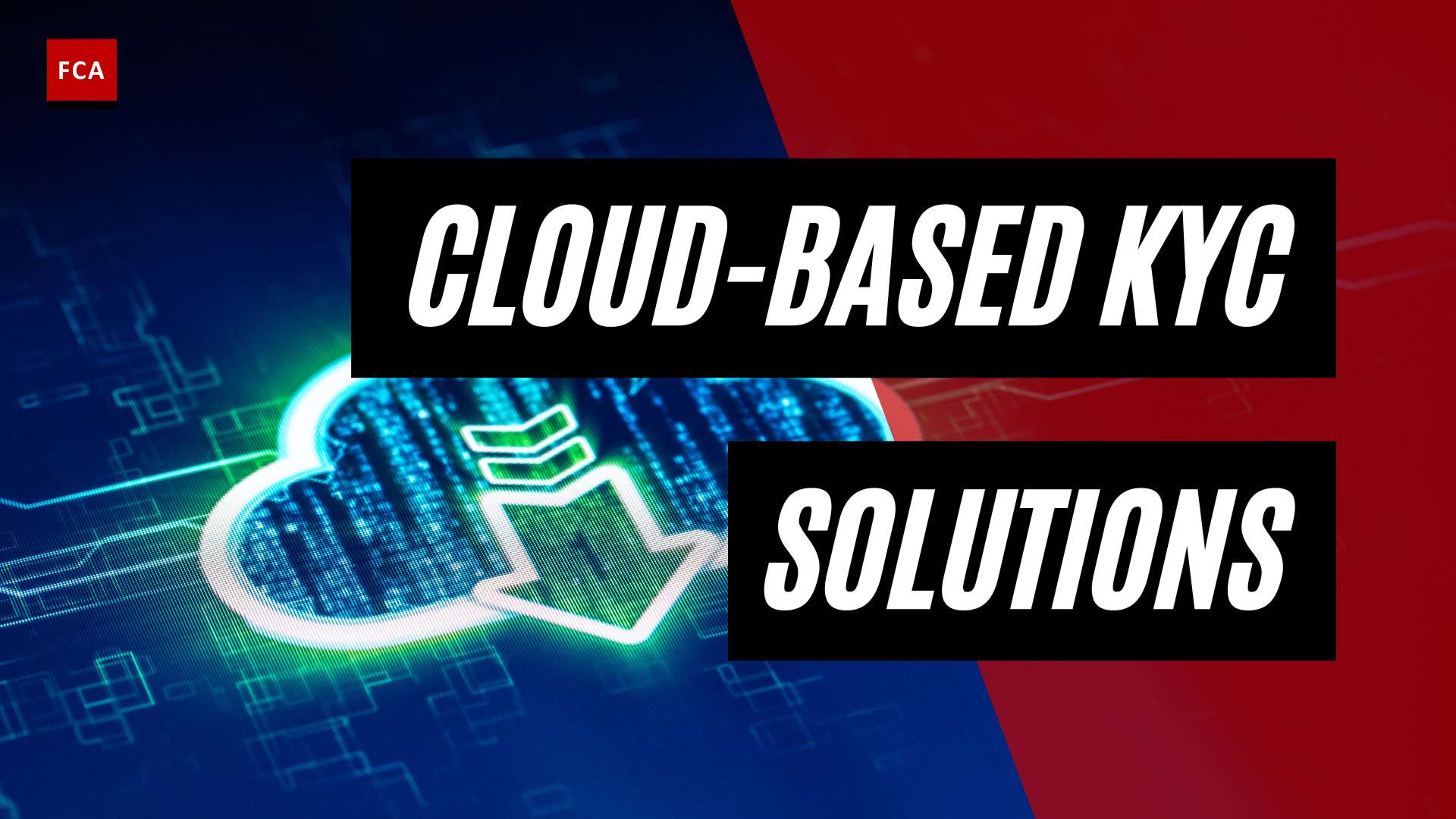Understanding NFT wash trading is critical for investors, regulators, and marketplaces to ensure the integrity of NFT marketplaces and protect against market manipulation. The non-fungible-tokens (NFTs) prove ownership on a digital ledger system and are bought and sold online in specialized marketplaces. Like the high-end art world, NFTs are subjective, and value is based on demand. The NFTs represent items from real-world collectible such as artwork, trading cards, music, videos, real estate and photos.
NFT wash trading is a kind of scam, and it is a misleading act to drive up the price of NFTs by the buyer and seller. The buyer and seller can sell the piece back and forth to drive up the cost, but only publicly report the first sale. In the next exchange, the money and NFT are returned to the original seller at the same time. Most of the time, the buyer and seller are the same bad actor.

Understanding NFT Wash Trading
The NFT wash trading occurs when people trade assets between their own accounts, usually to make interest in a given project appear higher as compared to what it actually is. The NFT traders did so to gain the benefits of token incentives which some marketplaces showered their users with in exchange for activity.
Wash trading is a form of market manipulation where a trader buys and sells the same asset to create the illusion of high trading volume. This technique is used to artificially inflate the value of an asset, thereby attracting legitimate buyers who may believe that the asset is in high demand.
NFT wash trading occurs when a trader buys and sells NFTs to themselves or through a third party to create a false impression of market activity. This activity can take various forms, such as a single trader creating multiple accounts to buy and sell their own NFTs or two traders colluding to buy and sell each other’s NFTs.
The practice of NFT wash trading can have several negative consequences. First, it can artificially inflate the value of NFTs, leading to a bubble that may burst when the market realizes that the demand was falsely created. Second, it can mislead legitimate buyers who may believe that an NFT is in high demand and therefore invest in it at an inflated price. Third, it can undermine the integrity of NFT marketplaces, leading to a loss of confidence among investors.

To prevent NFT wash trading, regulators and marketplaces can implement various measures. One approach is to require traders to verify their identity and perform KYC and AML checks to ensure that they are not engaging in illicit activities. Another approach is to monitor trading activities for suspicious patterns, such as traders buying and selling the same NFT repeatedly. Marketplaces can also implement trading fees to discourage wash trading and create incentives for legitimate trading activities.
Final Thoughts
NFT wash trading is a form of market manipulation that can undermine the integrity of NFT marketplaces and lead to negative consequences for investors. To prevent this activity, regulators and marketplaces can implement various measures to ensure that traders are legitimate and that trading activities are monitored for suspicious patterns. By doing so, we can ensure that NFT marketplaces remain a fair and transparent place for legitimate trading activities, while minimizing the risks associated with wash trading.








